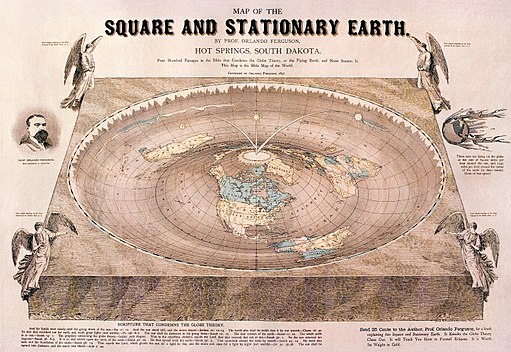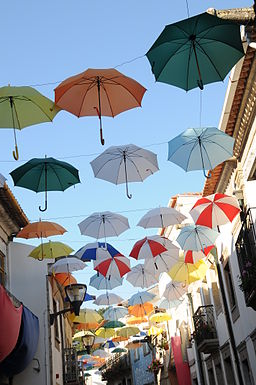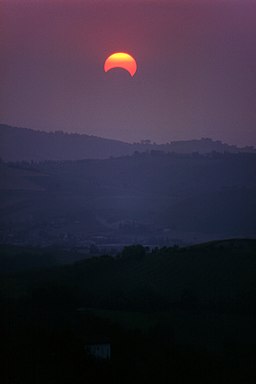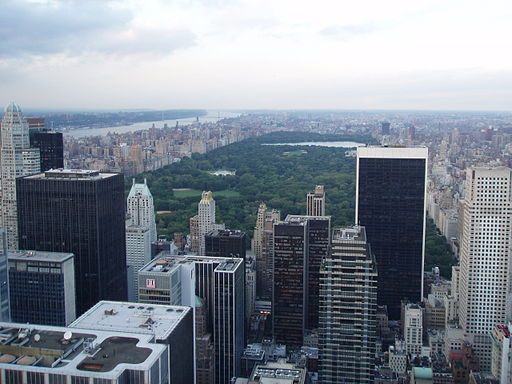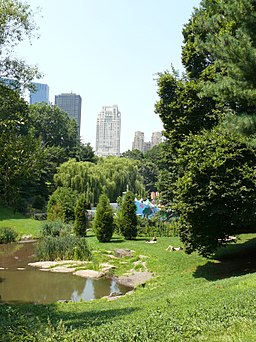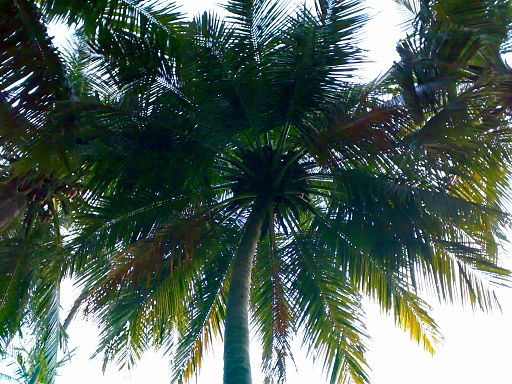For the home gardener or professional landscaper who absolutely must work
in the sun on
a hot day, there are no satisfactory ways to temporarily create
sizable shaded areas. Beach umbrellas offer only a small circle of shade, can become dangerous projectiles in the wind, and at any rate are configured for people to sit under, not stand upright under, to gain their protection.
A portable canopy, such as may be found at a farmer’s market or a flea market, where it shades a seller’s wares, as well as the seller and any buyer, offers a sizable area of shade but is
not as portable as one would like if the need arises to pick it up and move it several times during an afternoon of garden work. Four-legged canopies are also unsuitable on uneven ground, where they are likely to tip even without encouragement from a breeze. Preventing tipping requires the use of sandbags or other weights, and after a few repetitions setting up a so-called portable canopy becomes a real chore.
Those are two of the more portable, easier to set up options. Other methods of creating shade, such as deploying
sail shades, are hardly portable at all. The Labor Day weekend is the traditional end of summer in the United States, yet there is still
plenty of hot weather in store for September and even into October. Working in a sunny garden would be more pleasant with the assistance of a device that is easily workable, portable, and gives a sizable amount of shade. What follows are guidelines for the inventor or inventors of such a sorely needed garden companion.
1) In order to be useful, the device should shade an area no less than 100 square feet, and still fold up compactly enough to fit in a small kit bag. It should weigh less than 20 pounds.
2) The device should remain stable on uneven ground and in the wind, though obviously within reason in both cases, and it should do so without the use of heavy weights.
3) One reasonably fit person should be able to erect the device or fold it up within a minute, and it should be easy for that person to move the device from one location to the next, also within a minute.
4) The shading material should be shade cloth with a density ranging from 60 to 80 percent, which allows cooling breezes through, is lighter than a more tightly woven fabric, and remains more stable in the wind.
5) The supports should be strong, light, and corrosion resistant. Use of spikes to anchor the device is inadvisable since shallowly penetrating spikes can be unreliable, and deeply penetrating ones negate portability.
6) Ideally it should cost less than $100, and definitely no more than $200, even though it should be able to take some rough treatment and last a decade or more.
Is that too much to ask? Certainly it may be too late to have the new Shade Giver ready this year, but surely by next year, when summer heat starts seeping in by April or May, some enterprising person will have created a prototype that could become the new Gardener’s Friend. Perhaps instead of a sail it will resemble one of the shells of the Sydney Opera House. Whatever the design of the device, it should bring sweet relief to those who must labor under the hot sun and still not hurt their backs or pocketbooks. In these warming times, asking for the protection provided by shade has become a necessary request.
